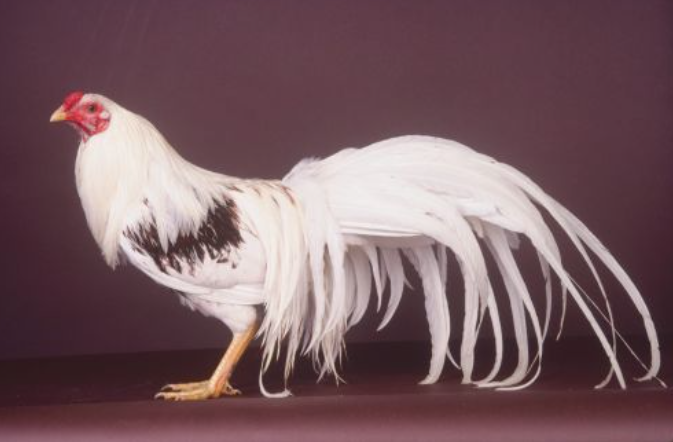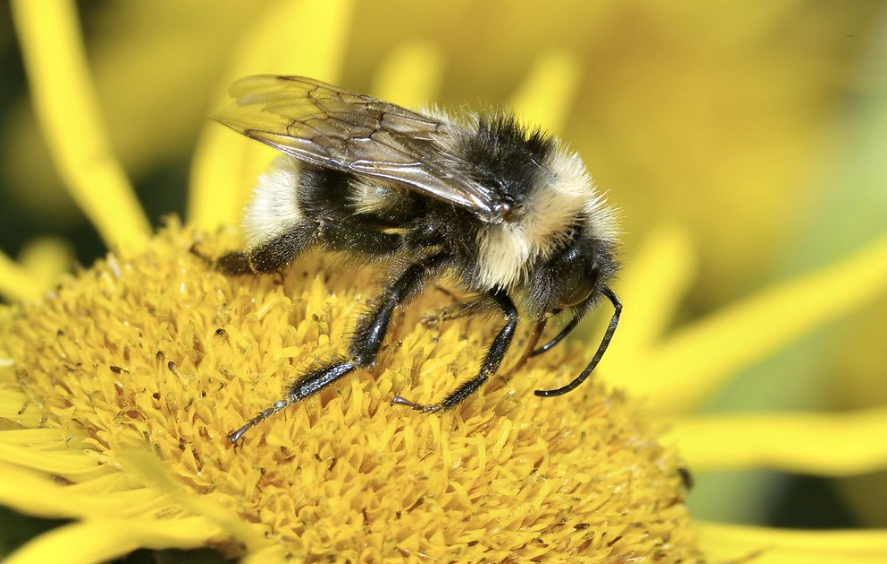Exploring Smallmouth Bass: An Iconic North American Fish
1. Introduction to Smallmouth Bass
North America is home to the popular freshwater fish species known as smallmouth bass, or Micropterus dolomieu in scientific terms. Their body is golden or brownish-green, and they have vertical black bars running down their sides, giving them a distinctive look. Anglers are drawn to smallmouth bass because of their tough temperament and formidable fighting prowess.
2. Habitat and Behavior
Clear, calm freshwater systems like rivers, lakes, and reservoirs are usually home to these fish. They are often found close to submerged objects like rocks, logs, or plants, and they favor bottoms that are rocky or gravelly. It is well known that smallmouth bass are more active throughout the day, particularly in the late afternoon and early morning.
3. Dietary Habits and Fishing Appeal
The diet of smallmouth bass is diverse; they eat a variety of foods, such as insects, crayfish, tiny fish, and even small animals. They are opportunistic hunters; they locate and ambush their prey using their keen eyesight and lateral line system. Smallmouth bass are an exciting catch for fishermen of all ability levels because of their aggressive strikes and strong leaps when caught.
Unveiling Smallmouth Bass: Key Insights
1. Natural Habitat
The main habitat for smallmouth bass is freshwater, including lakes, streams, and rivers. They like water that is clean, chilly, and has a rocky or gravel bottom. These fish are indigenous to North America and are distributed across the continent, particularly in the Mississippi River basin, the eastern United States, and the Great Lakes.
2. Anatomy and Appearance
Smallmouth bass may be distinguished from other fish species by their unique look. Their bodies are sleek and colored olive green or golden. They have a distinctive “jaw-jutting” look because their lower jaw extends beyond the top jaw, giving them a distinctive “jaw-jutting” look. In addition to their black vertical bands down their flanks, smallmouth fish also have red eyes. Smallmouth bass typically weigh between two and four pounds and have a length of 12 to 16 inches. Larger specimens, on the other hand, may weigh more than 10 pounds and reach lengths of up to 27 inches.
3. Feeding Patterns
Smallmouth bass have a varied diet and are opportunistic predators. Their main sources of food include insects, crayfish, tiny fish, and other aquatic life. Due to their aggressive eating habits, these fish often attack bait or lures that move quickly. An intriguing feature about smallmouth bass is their ability to modify their eating patterns in response to the availability of different food sources. In some areas, they may be mostly attracted to minnows or insects, while in others, they may be attracted to crayfish.
4. Spawning Behavior
In the spring, when the water is between sixty and sixty-five degrees Fahrenheit, smallmouth bass spawn. The males clean debris from the lake or riverbank and make a circular hole to build their nests in shallow water. The male entices the female to deposit her eggs once the nest is ready. The male fertilizes the eggs that the female lays in the nest. The eggs are subsequently protected by the male until they hatch, which typically takes seven to ten days.
5. Fishing Techniques
Various methods are used by anglers to capture smallmouth bass, dependent on the circumstances and terrain. Several well-liked techniques include of: Casting: In areas with rocky features or drop-offs where smallmouth bass are likely to be lurking, anglers throw lures like crankbaits, jigs, or soft plastics. Topwater fishing is the practice of luring smallmouth bass to strike on the surface of the water using surface lures like poppers or buzzbaits. Fly fishing: To present smallmouth bass in a realistic fashion, fly fishermen employ streamers, nymphs, or dry flies to mimic their natural prey. Trolling: To find active smallmouth bass, anglers troll a wider area behind a moving boat with bait or lures. It is noteworthy that the conservation of the smallmouth bass population and the maintenance of sustainable fishing for future generations are promoted by catch and release methods.
Appreciating Smallmouth Bass
Smallmouth bass provide an intriguing challenge to fishermen and are interesting fish. Fishing aficionados find them to be a popular target because of their habitat preferences, physical attributes, eating habits, spawning behavior, and variety of fishing approaches. Targeting smallmouth bass may provide for a pleasurable and satisfying fishing experience, regardless of your level of skill.


